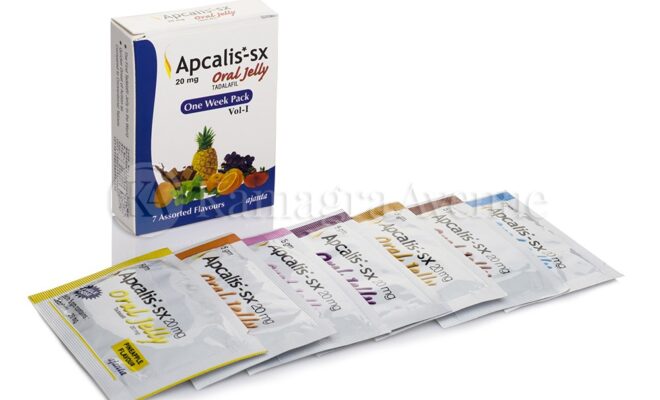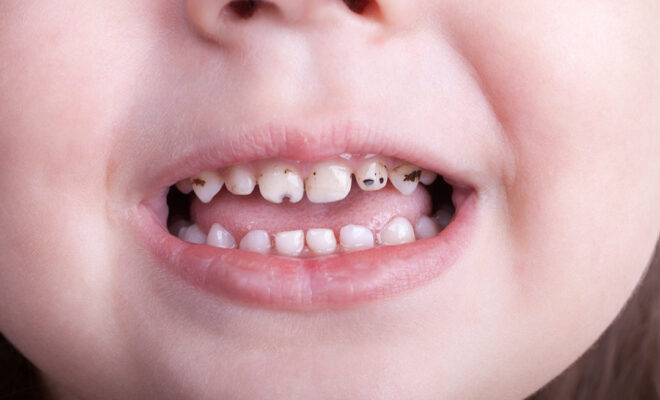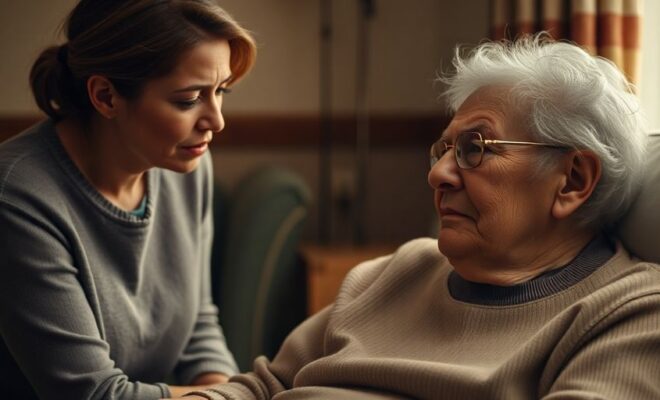Transforming Scars: Non-Surgical Approaches to Acne Scar Treatment

Have you ever suffered from acne and felt the emotional toll of having scars left behind? If you have, know that you are not alone. Acne scars are a common skin issue that affects millions of people around the world. These scars can vary in appearance, from flat red spots to sunken, pitted areas on the skin. But the good news is that several non-surgical treatments can help remove or reduce the appearance of acne scars. In this blog post, we’ll explore the types of acne scars and the different treatment options available for acne scar removal. Keep reading to learn more about how you can achieve smooth, flawless skin.
Acne scars can be a source of anxiety and self-consciousness for those who deal with them. Understanding the different types of acne scars and non-surgical acne scar treatments that can help reduce their appearance can improve one’s self-confidence.
Types of Acne Scars
If you have been struggling with acne, you may have noticed that some pimples leave scars. Atrophic scars are a common type of acne scar that can be shallow or deep. Shallow atrophic scars are described as U-shaped scars with sharp edges or narrow V-shaped scars. On the other hand, deep atrophic scars are wider depressions with rounded edges. These scars occur when the skin tissue is damaged during the healing process of acne. While some scars may fade over time, others may be more stubborn and require non-surgical treatments.
Hypertrophic and keloid scars are raised growths caused by an overproduction of scar tissue during the healing process. They can be a source of self-consciousness, causing emotional distress in individuals. A hypertrophic scar is a thick raised scar that stays within the original wound area, whereas keloid scars spread beyond the wound area.
What are Non-Surgical Treatments for Acne Scars?
Rejuran S
Do you struggle with acne scars and feel self-conscious about your skin? Rejuran S may be the solution you’ve been searching for. This non-surgical acne scar treatment stimulates repair, regeneration, and remodeling of damaged skin cells using Polynucleotide (PN) derived from salmon DNA. It can plump up depressed scars, including difficult-to-treat ice pick scars, and induce collagen production for a natural healing process.
Dermal Fillers
Dermal fillers have become increasingly popular as a non-surgical option for improving the appearance of acne scars. These injectables raise areas of depressed acne scars or stimulate the skin’s natural production of collagen. Unlike other treatments, dermal fillers typically have minimal downtime and can be performed in-office by a trained medical professional. With options like hyaluronic acid, polymethyl methacrylate microspheres with collagen, poly-L-lactic acid, and autologous fat transfers, patients have a variety of choices to tailor to their specific concerns.
Pico Laser
Pico laser is a popular treatment for acne scars that is gaining traction among dermatologists. According to experts, this type of laser targets the skin’s pigment more precisely than traditional lasers and can be used on any type of skin tone.
The Pico laser uses intensely focused energy to break apart the pigment in the skin and stimulate collagen production. This can help to reduce the appearance of acne scars and improve overall skin texture.
Another advantage of Pico laser treatment is that it requires fewer sessions than other laser treatments, typically 3-4 sessions for optimal results. Overall, Pico laser is a promising non-surgical option for those looking to minimize the appearance of acne scars.
Conclusion
Non-surgical treatments for acne scars offer a non-invasive way to reduce the appearance of scars and help people feel more confident in their skin. Rejuran S is a popular option that uses polynucleotide injections to stimulate collagen production and promote healing. Dermal fillers can also be used to fill in depressions and smooth out skin texture. Pico laser is another effective treatment that uses short bursts of energy to break apart scar tissue and promote new collagen growth.








